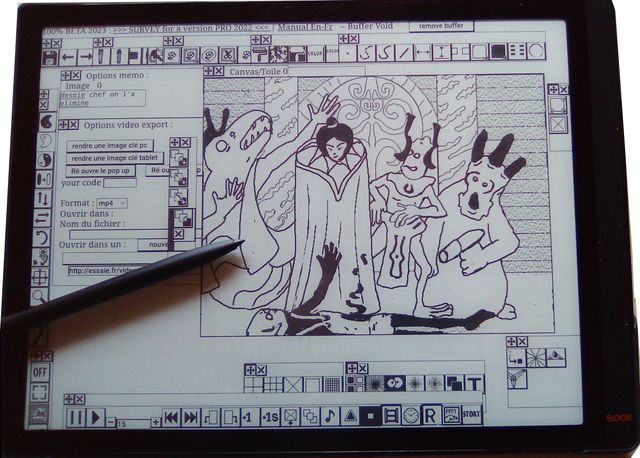Traditional animation has been crucial in the history of filmmaking. The impact of traditional animation can still be seen in contemporary movies. Traditional animation techniques continue to be used in various ways in movies with traditional animation influencing movies transition. Despite this, the shift from traditional animation to digital techniques such as animation software has become more prevalent in recent years. Some of the ways traditional animation influences change of movies include but are not limited to:

- Hand-Drawn Animation:
Although hand-drawn animation has become less common in feature-length films, it still finds its place in movies, particularly in independent and art-house productions. Some filmmakers prefer unique aesthetics and charm of hand-drawn animation, which can evoke a nostalgic or artistic quality.
- Title Sequences and Intros:
Traditional animation is frequently used in creation of title sequences and intros for movies. These sequences may incorporate hand-drawn or digitally animated elements to set the tone, introduce characters, or provide a visual narrative before the film commences. These sequences can be highly creative and visually engaging.
- Visual Effects Enhancement:
Enhancing visual effects in movies could be done through traditional animation techniques. Sometimes, hand-drawn or 2D animation is used to add stylistic flair or to create effects that are difficult to achieve with purely digital methods. This combination of traditional and digital techniques might result in visually stunning and unique effects.
- Animated Shorts and Interstitials:
Movies sometimes include animated shorts or interstitials as part of their storytelling. These segments can be fully hand-drawn or created using other traditional animation techniques. They often serve as standalone stories or provide additional context or entertainment within the movie experience.
- Artistic Expression and Experimental Films:
Experimental films and artistic expressions may as well utilize traditional animation techniques. Filmmakers and animators explore various animation styles and approaches, including hand-drawn, stop-motion, and other traditional methods, to create visually captivating and thought-provoking cinematic experiences.
While the dominance of digital animation is evident in mainstream movies, traditional animation techniques still have a place in the film industry. They offer unique aesthetics, artistic expression, and creative possibilities that can enhance storytelling and create memorable movie moments.
Creative possibilities to enhance storytelling and create memorable movie moments in film making
The creative possibilities in filmmaking are vast, and they can greatly enhance storytelling and create memorable movie moments. Creative elements can be used to elevate the cinematic experience through visual effects, sound design, music among other elements.
- Visual Effects:
Visual effects offer endless possibilities for enhancing the visual storytelling in films. From creating fantastical worlds and creatures to simulating realistic environments and physics-defying action sequences, visual effects can transport audiences to unimaginable realms and bring stories to life in visually stunning ways.
- Cinematography:
The art of cinematography involves the visual composition, lighting, camera movement, and framing of a scene. Unique and creative cinematography techniques can evoke specific emotions, establish atmosphere, and emphasize key narrative elements. Techniques such as long takes, unconventional camera angles, and innovative use of lighting can contribute to memorable movie moments.
- Sound Design and Music:
Sound design and music play integral roles in the emotional impact of a film. Creative sound effects and immersive audio design can bring depth and realism to the on-screen events, while a well-composed score can elevate the mood, heighten tension, or evoke specific emotions. Memorable movie moments are often accompanied by powerful and evocative soundscapes.
- Narrative Structure and Storytelling Devices:
Exploring innovative narrative structures and storytelling devices can engage and challenge audiences. Flashbacks, nonlinear timelines, multiple perspectives, and unreliable narrators are just some examples of creative storytelling techniques that can add depth, suspense, or thematic complexity to a film.
- Performance and Characterization:
Memorable movie moments often involve exceptional performances and compelling characterizations. Talented actors and skilled directors can collaborate to create memorable scenes through nuanced performances, powerful emotions, and captivating dialogue.
Utilization of these creative possibilities and exploring innovative approaches to storytelling, filmmakers help craft movies that captivate audiences and leave lasting impact. It is a combination of these elements, along with a strong narrative and compelling characters, which can result in truly memorable movie moments.